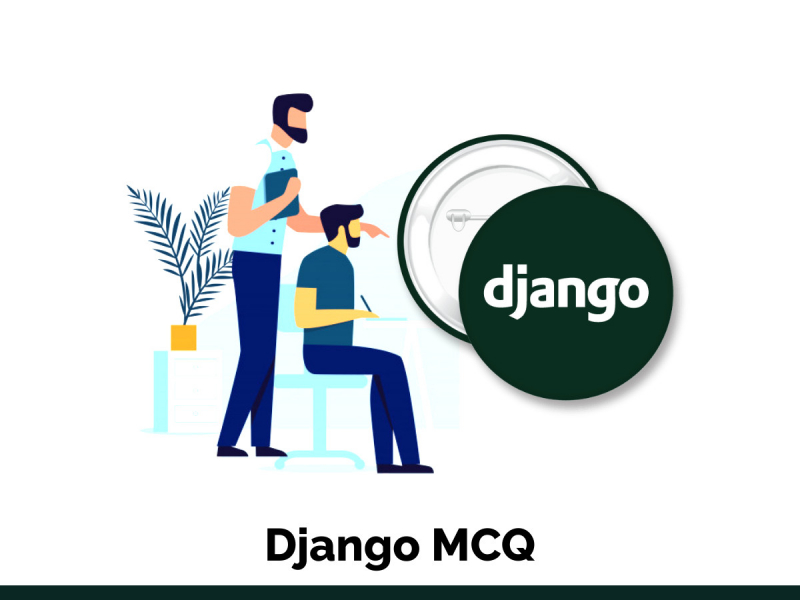Django is a high-level most popular Python web framework, specially designed for the rapid development of secure and maintainable websites. It is written in Python programming language & initially released on 21 July 2005. Django follows the MVT (Model-View-Template) architectural pattern and provides a full-stack solution, including an Object-Relational Manager (ORM). It aims to simplify the creation of complex, database-driven websites and its design emphasizes the reusability and "pluggability" of components.
Finally, practice here the top Django MCQ Questions that check your basic knowledge of the Django framework. This Django MCQ Test contains 20 Multiple Choice Questions. also download here Django MCQ PDF completely free.

